“Duke Energy’s 8.4 million customers expect and deserve affordable, reliable and increasingly clean energy,” said Kaitlin Kirshner of Duke Energy.
The new Biden administration regulations on power plants pose challenges to these expectations by targeting fossil fuel-fired power stations.
The Cost of Going Green

“The final rule presents significant challenges to customer reliability and affordability,” Kirshner explained.
As energy demands grow nationwide, Duke Energy flags the potential impacts on not just energy but also advanced manufacturing and tech sectors.
Big Changes for Coal and Gas

Under the latest EPA regulations, coal-fired and new baseload gas-fired plants must control 90% of their carbon emissions.
This sweeping change aims to tighten emissions and address wastewater discharges, setting a new standard for the industry.
Biden’s Bold Vision for a Cleaner Grid

Officials from the EPA and White House argue that these stringent regulations will help achieve Biden’s goal of a decarbonized power grid.
Biden has committed to reducing emissions by up to 52% by 2030 and targeting a carbon-free power sector by 2035.
Industry Pushback on Feasibility

Resistance mounts as energy providers like Duke Energy weigh the realism of these ambitious goals.
“The path outlined by the EPA today is unlawful, unrealistic and unachievable,” stated Jim Matheson of the National Rural Electric Cooperative Association, highlighting potential reliability issues.
Concerns Over America’s Energy Stability

America’s Power and other industry groups criticize the regulations as “extreme and unlawful overreach.”
They argue such policies could jeopardize the U.S. supply of stable and affordable electricity, essential for economic success.
Natural Gas and Oil Industry’s Stance
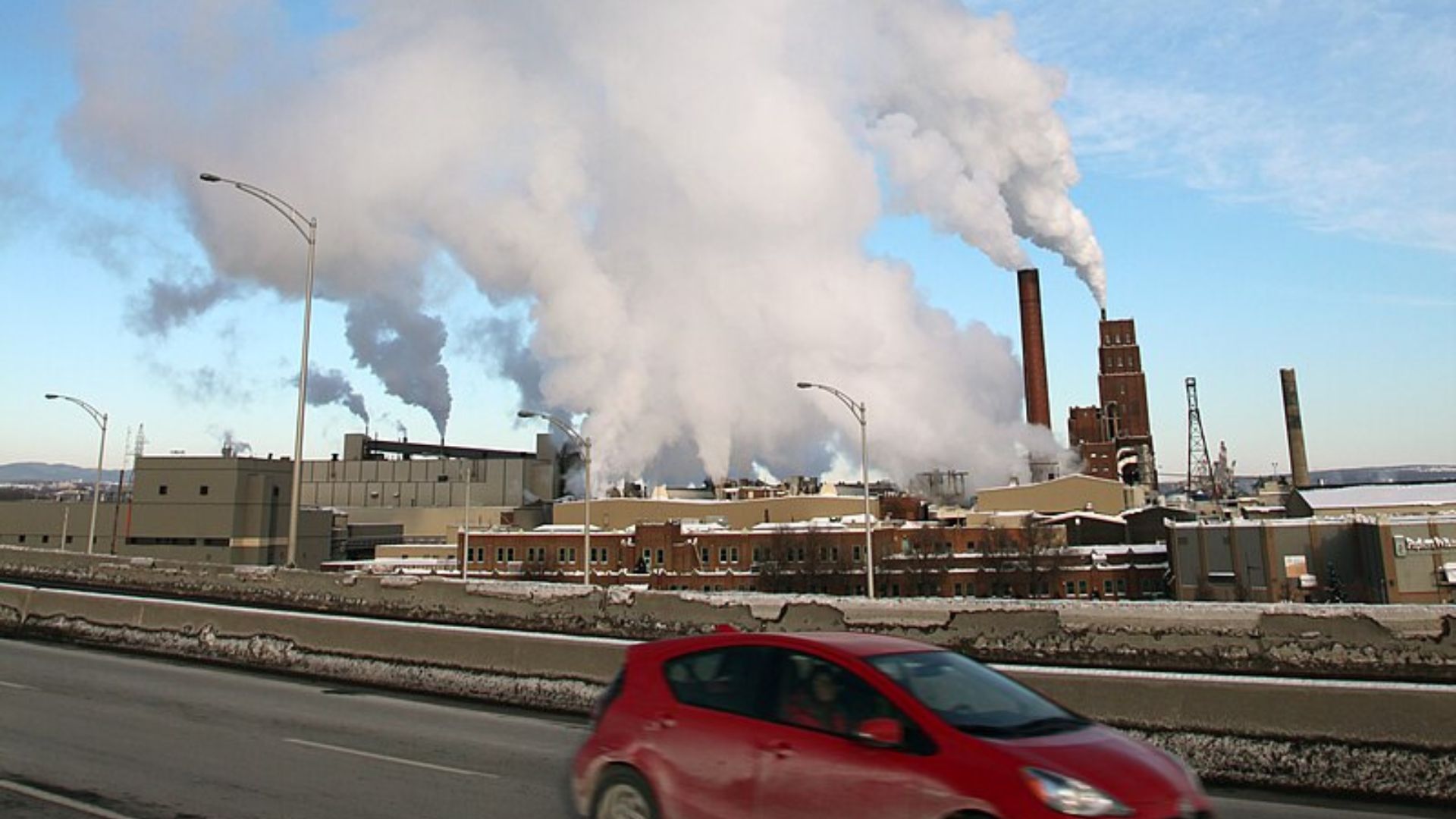
The American Petroleum Institute has voiced concerns over grid reliability, suggesting the administration has overlooked essential factors in its push for new power generation rules.
This highlights the broader anxiety within the fossil fuel industry.
Edison Electric Weighs In
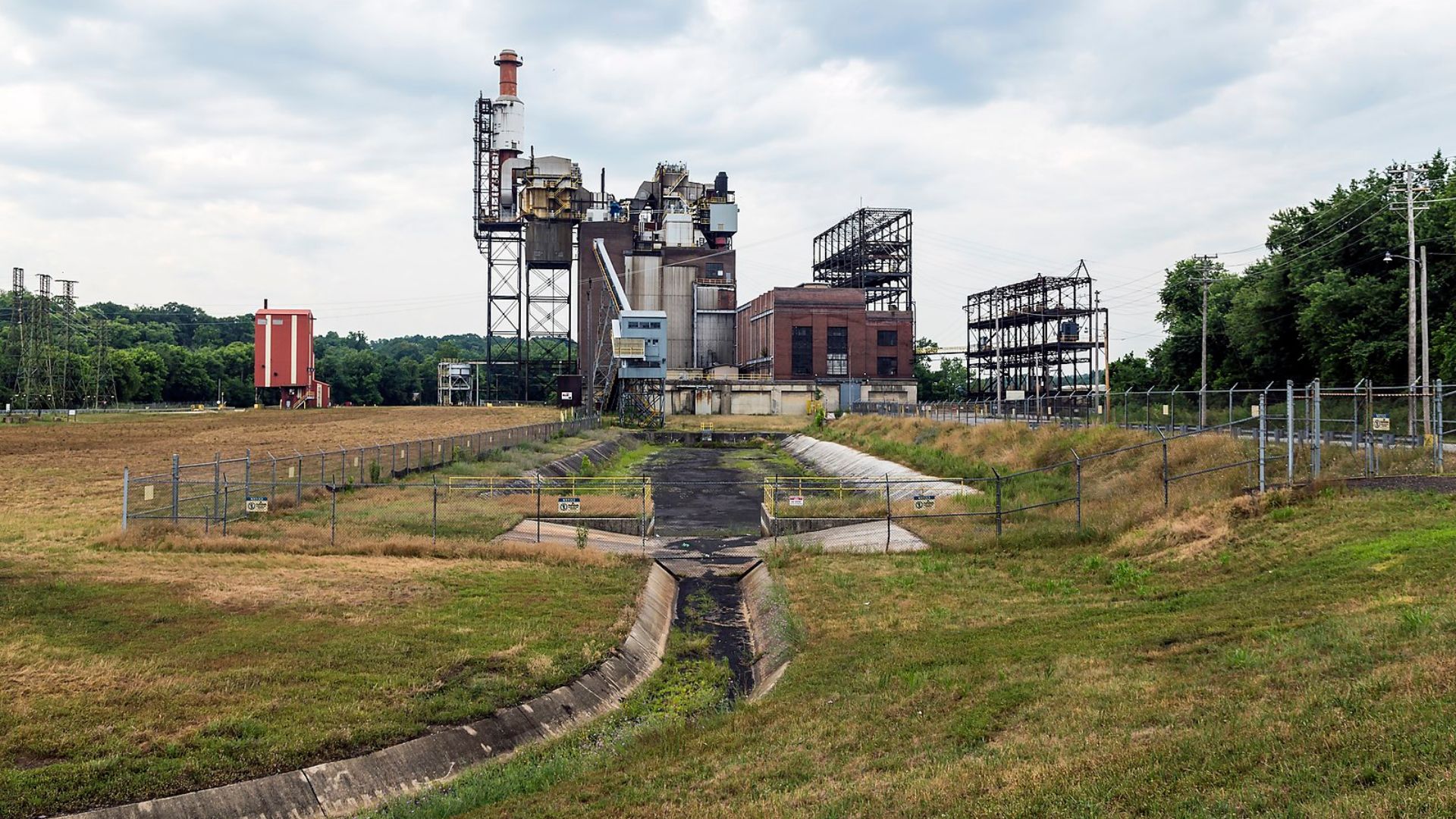
While applauding much of the EPA’s rulemaking, the reliance on carbon capture and storage (CCS) technology is premature, notes Dan Brouillette of Edison Electric Institute.
He points out that CCS technology is nascent and may not be ready for the proposed timelines.
The Challenge of Carbon Capture
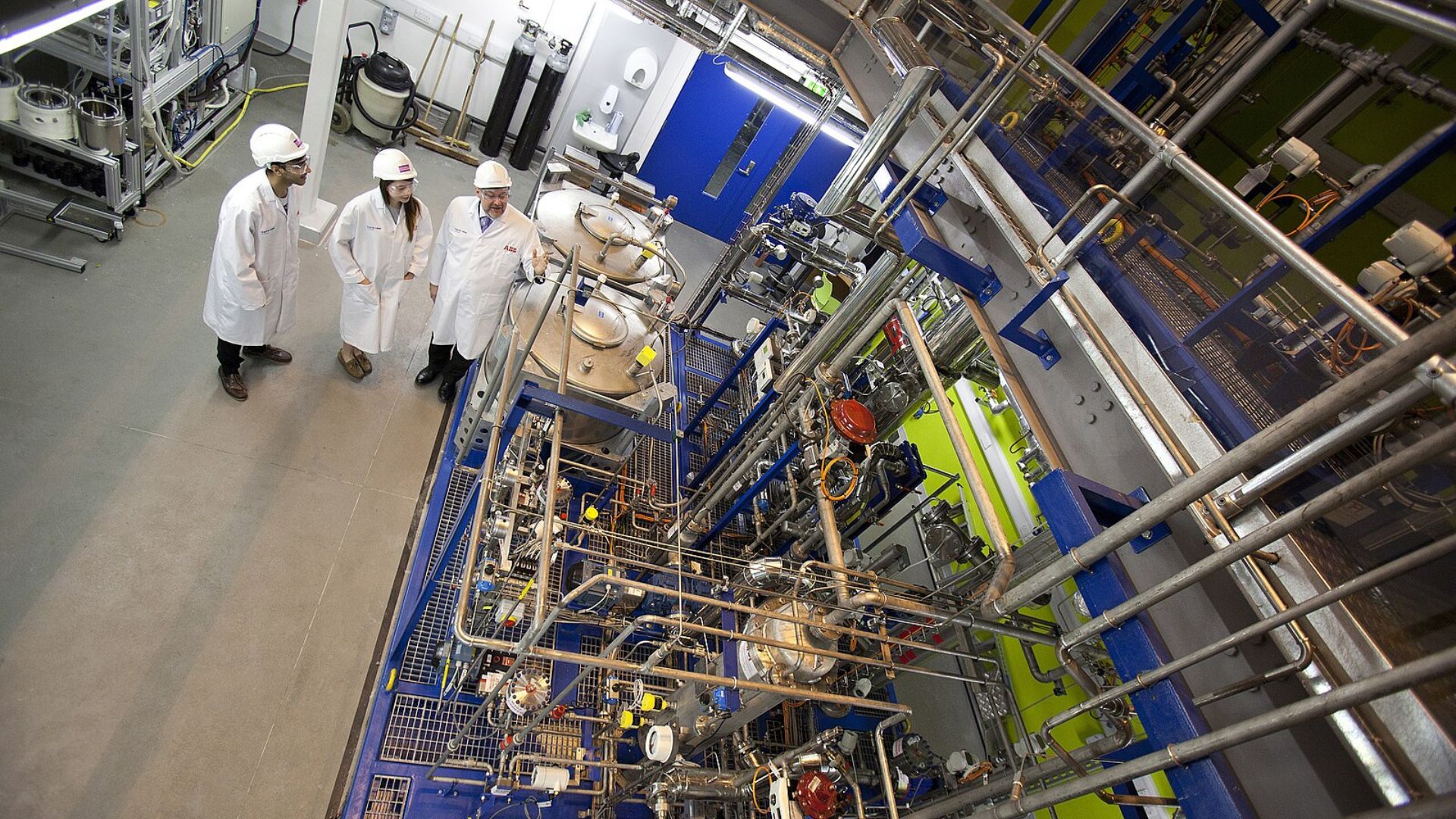
CCS plays a central role in the EPA’s strategy, yet it’s criticized as costly and unproven at scale.
Brouillette highlights the daunting timeline, “There is insufficient time to permit, finance, and build the necessary CCS infrastructure by 2032.”
Rising Demand, Shrinking Supply
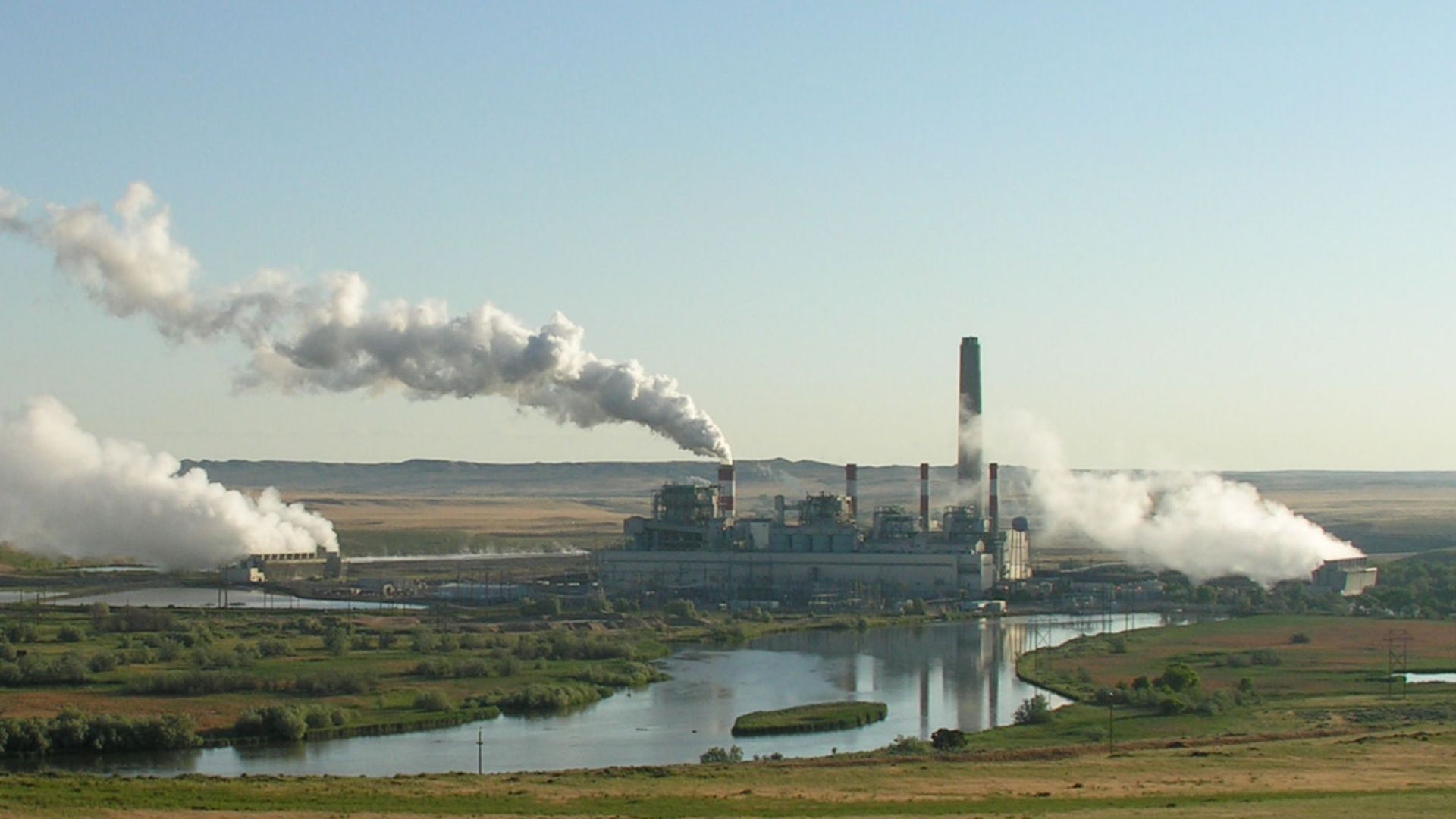
As more sectors move towards electrification, the demand for power is expected to rise significantly in the coming years, Fox News reports.
Yet, the capacity to meet this demand is threatened by the retirement of significant coal-fired power sources.
A Shift in Power Generation

With a staggering 22.3 gigawatts of coal-fired capacity retired recently and more expected, the shift towards renewable energy sources is accelerating.
This transition underlines the growing pains of moving away from traditional energy sources.
The Future of U.S. Energy
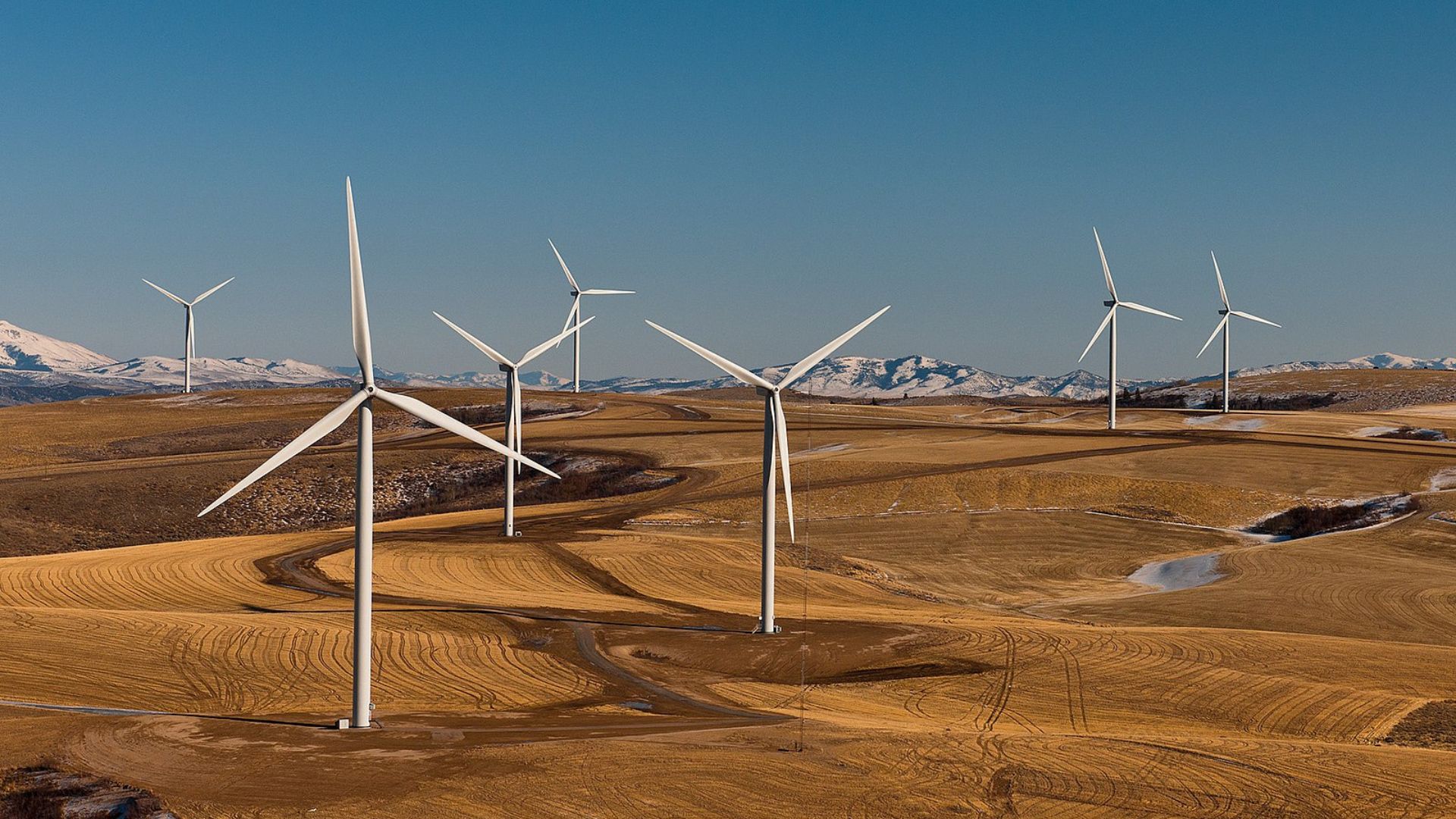
The tension between advancing renewable energy initiatives and maintaining grid reliability continues.
As federal and state policies push for greener alternatives, the energy landscape in the U.S. is set for significant changes, impacting industries and consumers alike.
